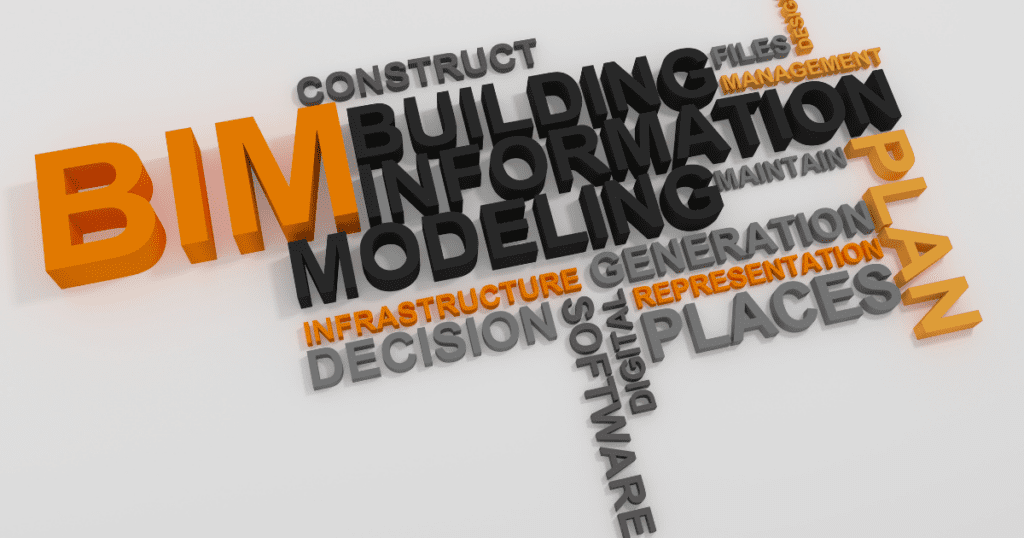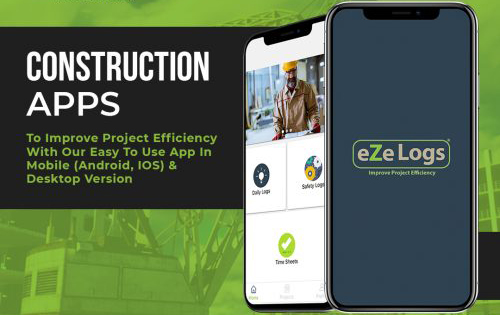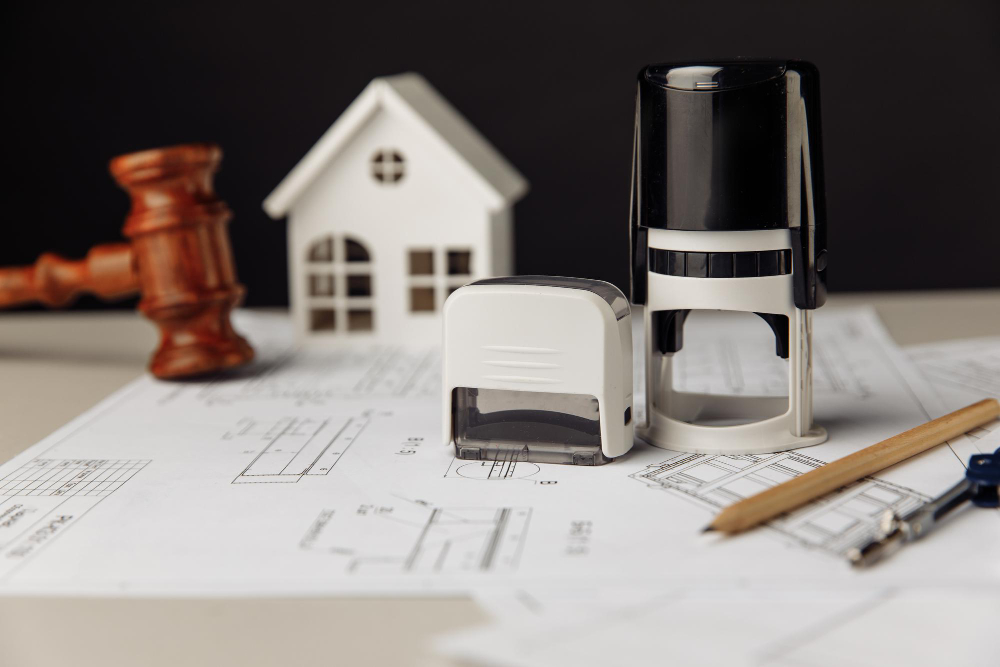Over the past decade, construction industry projects have undergone dramatic change due to BIM. BIM is revolutionizing how projects are designed, planned and executed and this paper will investigate differences between traditional construction methods and BIM models by conducting a comparative study conducted in 2023.

We will examine their advantages and disadvantages, potential cost savings through BIM models use as well as any transition challenges related to using them; finally we’ll look at whether BIM might revolutionize construction industry even further in its entirety in 2024.
Understanding BIM Model
BIM is a digital representation of physical and functional characteristics of facilities. BIM uses 3D models as its core platform, giving architecture, engineering and construction (AEC) professionals greater insight and tools for more efficiently planning, designing, building and managing buildings and infrastructure projects.
BIM models are created using specialized software and used to simulate the construction process, providing visual aid, analyzing performance of buildings and unifying various elements within projects. BIM models also serve to generate accurate cost estimates, track changes and manage timelines effectively.
BIM models are composed of objects representing physical components of buildings such as walls, doors, windows and furniture; each object containing properties which define its characteristics such as size, material and cost before linking together to form a three dimensional representation of their building.
BIM models create virtual representations of buildings to analyze performance and coordinate different components within projects, providing accurate cost estimates, tracking changes over time and managing timelines more easily.
BIM models can also be used to produce visualizations of buildings which help communicate their design to stakeholders and show what will become reality before construction has even started. Animations, renderings and virtual reality experiences enable stakeholders to experience what awaits them before its actual creation begins.
BIM models provide AEC professionals with essential insight and tools for more efficiently planning, designing, building and managing buildings and infrastructure projects.
Utilization of Traditional Construction Methods.
Traditional construction techniques refer to those techniques employed prior to modern materials and technology becoming available, which has been employed since centuries in some regions around the globe. These practices continue to be employed today in some locations worldwide.
Masonry is one of the oldest traditional construction methods, employing stone, bricks or concrete blocks to form walls and structures such as buildings. Masonry offers long-term durability that’s often employed when building homes, churches or other properties.
Timber framing is another traditional construction method which employs wooden beams and posts as framing elements of a structure, such as barns, sheds or outbuildings.
Earth construction is another traditional building method used in rural areas to form walls and other structures from soil, clay and natural materials such as bamboo.
Thatching is an ancient roofing method which involves using materials such as straw or reeds from natural resources to form roofs – often seen when building homes in rural settings.
Traditional building techniques remain prevalent today in certain regions of the world and often find favour among rural dwellers due to being more cost effective than modern methods of construction.
Comparison Between BIM Model and Traditional Construction Method
Building Information Modeling is the digital representation of physical and functional characteristics in a facility, created using 3D modeling technology. BIM gives architects, contractors and facility operators insights into building design, construction and operation decisions as they occur – an indispensable resource that improves efficiency and accuracy throughout construction projects.
BIM can bring several advantages over traditional construction methods. BIM models provide more accurate measurements and calculations compared with traditional drawings.
As well as better understanding the building components’ interactions resulting in reduced errors and delays due to better coordination among trades/disciplines.
BIM can improve visualization of projects, improving communication among all involved and helping reduce risks related to misunderstood messages or disagreements among stakeholders. Furthermore, its simulation capabilities make BIM models an invaluable asset when planning or scheduling construction processes.
Finally, BIM models can help to generate accurate cost estimates to reduce risk and costs overruns, and can generate accurate energy models which allow companies to lower energy expenses.
Advantages of BIM Model over Traditional Construction Method
BIM is an electronic representation of physical and functional characteristics for an asset or facility, creating a digital model in 3D space to simulate it digitally. Building Information Modeling has revolutionized construction industry practices with numerous advantages over conventional approaches to construction projects.
One of the primary advantages of BIM is its capacity to offer an in-depth picture of any project. BIM models can be created using 3D software for this purpose and offer 360deg visualization – providing better coordination among stakeholders as well as increased communication and collaboration.
BIM can improve both accuracy and efficiency by creating models using precise measurements, eliminating manual calculations altogether and decreasing error risk. Furthermore, these models provide accurate cost estimates and timelines, helping improve project planning and budgeting processes.
BIM also serves as an invaluable platform for enhanced sustainability. BIM models can help assess energy usage of buildings and pinpoint areas for saving. Furthermore, these models enable greater decision-making as they identify environmental impact of projects more precisely.
BIM models can also provide virtual simulations of projects for improved safety and quality control, helping identify any risks or hazards before construction begins. This reduces accidents or delays.
Implementation Challenges of BIM Model in Construction Industry
Building Information Modeling (BIM) in the construction industry has met both enthusiasm and resistance alike. While BIM may offer benefits like increased collaboration, cost reduction, and efficiency improvements; its implementation also comes with numerous challenges that must be navigated successfully.
One of the primary challenges associated with BIM implementation is cost. BIM involves making significant investments in software, hardware and training which may prove prohibitively expensive for some organizations. Furthermore, transitioning from traditional methods to BIM often incurs substantial transition costs as existing processes and workflows must adapt accordingly in order to accommodate its use.
Lack of Standardization. BIM is still relatively new and without one set standard on how it should be utilized by different organizations; this may cause unnecessary confusion and inefficiency among them all.
User adoption presents yet another difficulty; BIM requires significant shifts in project management practices that some users might resist changing, while skilled personnel familiar with BIM make its implementation challenging.
BIM can bring several advantages; its implementation does not come without challenges. Organizations must be willing to invest in necessary software, hardware and training as well as adapt existing processes and workflows accordingly; additionally they may encounter user resistance or lack of standardization during implementation.
Future of BIM Model in Construction Industry
Building Information Modeling is an innovative technology revolutionizing the construction industry. BIM uses 3D modeling technology that allows architects, engineers and other construction professionals to use a virtual representation of an upcoming building or structure as part of the planning, designing, construction and ongoing management process for any structure.
BIM in construction industry is growing quickly and its future looks very bright. BIM models provide cost savings, efficiency increases and enhanced safety; creating detailed plans can allow accurate cost and timeline estimation; BIM can even detect problems before they arise to allow more effective processes during construction processes.
BIM models can also be used to generate virtual simulations of buildings or structures for more accurate testing and analysis, which in turn reduces costly mistakes or delays. They can even create virtual tours so prospective buyers have a clearer idea of the space before making their purchasing decision.

Future prospects of BIM in construction look extremely hopeful. As it evolves further, this technology will only become more powerful and useful to architects, engineers and other construction professionals alike. BIM models will become ever more detailed and accurate over time allowing more cost-efficient processes as well as increasing collaboration among them all.
BIM in construction industry looks very bright. BIM models will continue to become more powerful and useful, leading to more cost-efficient processes in building. Furthermore, as its application expands further it may allow architects, engineers, and other construction professionals collaborate more seamlessly using it than ever.
The Bottom Line
Both BIM Model and Traditional Construction have proven themselves as viable methods of construction in 2023, each having their own benefits and drawbacks that must be carefully considered when choosing between them. BIM Model offers more efficient, cost-cutting construction while Traditional offers reliable solutions.
Both methods come with their own set of strengths and weaknesses which depend on each person’s particular project needs – ultimately choosing between BIM Model or Traditional will depend solely upon an individual decision for which may best serve them.


